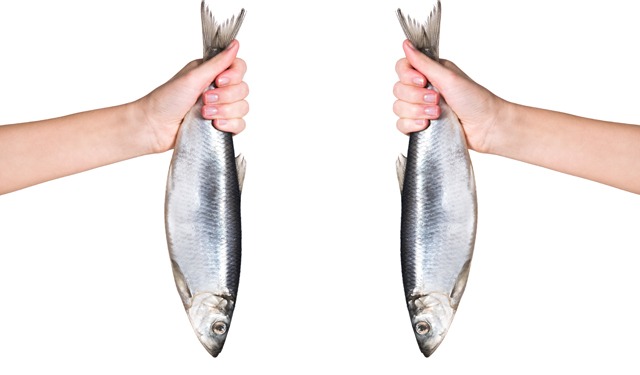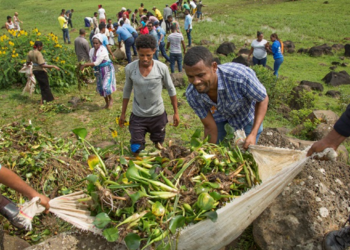How resilient are fisheries and aquaculture? – Aquaculture and fisheries, crucial sectors for food security, face unprecedented challenges related to climate change. While global demand for seafood is set to double by 2050, a study reveals that more than 90 per cent of fish production is vulnerable to climate impacts.
Environmental impacts and climate threats
In the US and major Asian countries, producers face significant threats, such as water pollution from nutrients and inland warming. Latin America is also affected, with the aggravating factor that the country has less economic capacity to adapt.
Lack of awareness and adaptation plans
One of the main problems is the lack of awareness and effective adaptation plans. Many fishing communities are aware of climate change, but local planning is limited. Government support is inconsistent, with little preparedness to deal with climate change.
In the US, Gulf of Alaska fishermen are already experiencing climate change with negative impacts, including declines in salmon and reduced ecosystem productivity. Scientists and fishermen are collaborating to better understand how climate change will affect fisheries and how to prepare for it.
Adaptation and sustainability
To meet these challenges, research and development to better understand the aspects of fisheries and aquaculture affected by climate change are essential. Awareness-raising and training of producers, especially in rural regions, are priorities. The adoption of more efficient aquaculture practices, such as multi-trophic systems, is a key step towards sustainability.
The future of aquaculture and fisheries is uncertain. While many governments are working to raise awareness and adopt mitigation measures, it is crucial to accelerate these efforts. Only through in-depth understanding, adaptation and innovation will it be possible to ensure the sustainability of these sectors vital to global food security.
How resilient are fisheries and aquaculture?









